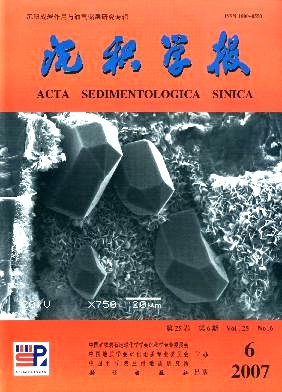The Architecture and Rreservoir Evaluation of Underground Lateral Accretion Bar: a case study on the Ng52+3 sandbody in 7th block west of the Gudong oil field
- Received Date: 1900-01-01
- Rev Recd Date: 1900-01-01
- Publish Date: 2007-12-10
-
Key words:
- lateral accretion bar /
- lateral accretion body /
- lateral accretion bed /
- architecture /
- 7th block west of the Gudong oil field
Abstract: Based on the published depositional models of lateral accretion bars formed in different environment, this paper studied the spatial assemblage patterns of the lateral accretion bodies and established architectures of lateral accretion bars through model prediction method. It is revealed that lateral accretion bars are formed by small-size river in the Ng52+3 of 7th block west, Gudong oil field. The spatial assemblage model of the lateral accretion bodies is horizontal echelon pattern, the width of the lateral accretion bodies is 80~240 m, and the dip angle is 5°~12°. By thin slice and SEM (Scanning Electronic Microscope) analysis, it is concluded that diagenesis is weak and the primary intergranular pores are in good conservation in the Ng52+3 of 7th block west, Gudong oil field. The average porosity and permeability of the reservoir are 32.3% and 3 500×10-3 μm2, respectively. There are several types of clay minerals in the lateral accretion bars, such as kaolinite, montmorillonite and illite, which weaken the quality of the reservoir.
| Citation: | LI Yang. The Architecture and Rreservoir Evaluation of Underground Lateral Accretion Bar: a case study on the Ng52+3 sandbody in 7th block west of the Gudong oil field[J]. Acta Sedimentologica Sinica, 2007, 25(6): 942-948. |






 DownLoad:
DownLoad: